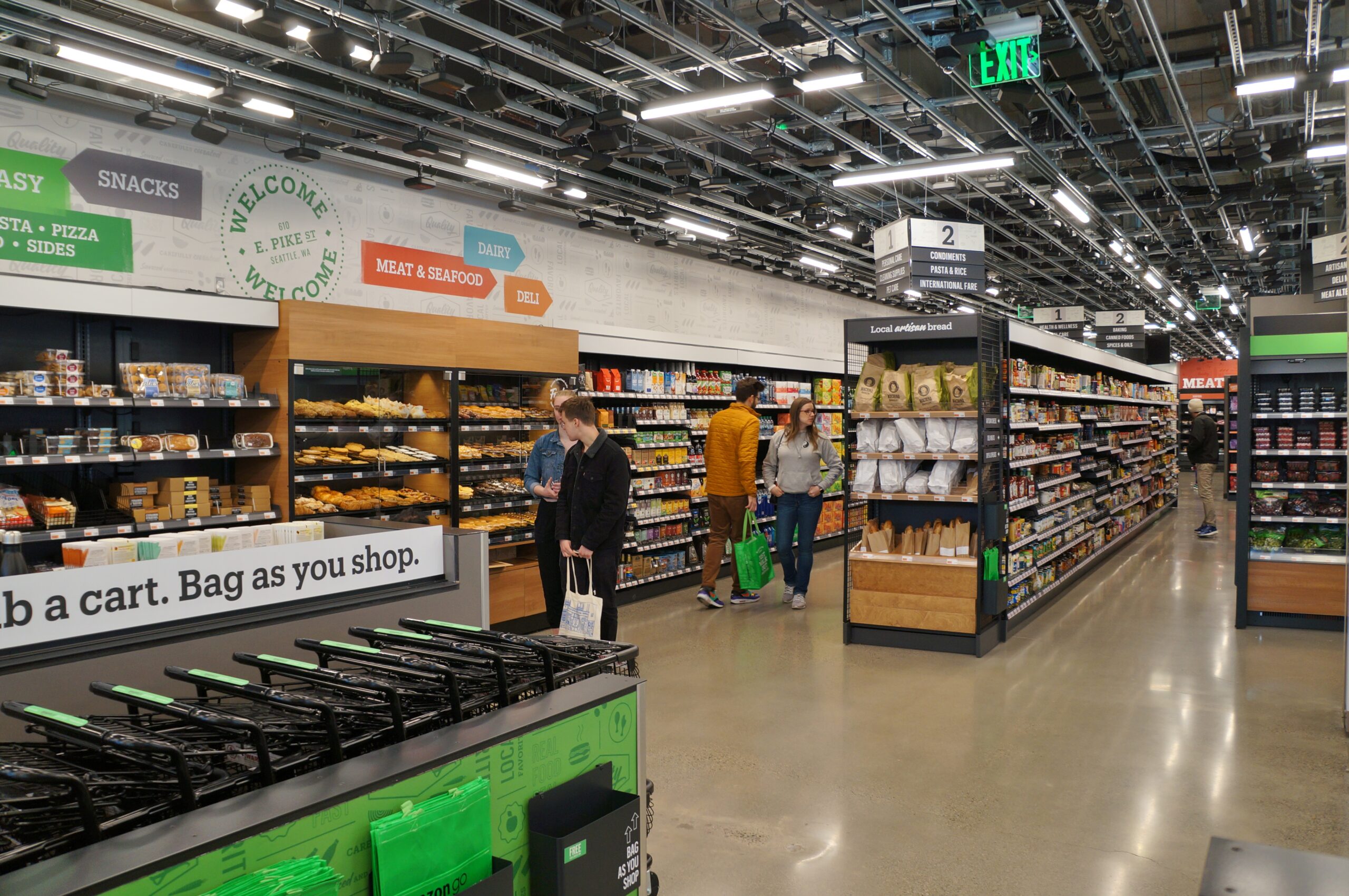According to the Federal Reserve, the ideal rate of inflation is about 2% – the figure policymakers have long thought will keep prices stable in the economy, adding jobs.
That’s why, in the summer of 2022, it was a big deal from a data perspective when the inflation rate hit 9% in the United States, the highest rate since the early 80s.
As inflation climbed after the pandemic, a recession seemed fast approaching. The harder questions were when it would happen and how bad things would get. So far, that hasn’t really played out, though: The American economy has continued to add jobs, and monthly inflation increases have dropped to around 3%.
It doesn’t always feel that way, though. When polled, many folks are pessimistic about the current state of the economy. Rogé Karma, a staff writer at The Atlantic, recently asked the question, “what would it take to convince Americans that the economy is fine?” and joined the Standard with more.
This transcript has been lightly edited for clarity.
Texas Standard: I understand The Atlantic recently commissioned a poll asking people about the economy. What did you hear?
Rogé Karma: Well, the reason we commissioned this poll is because a lot of the opinions you’ll hear from people on the economy are a response to a very vague question, just “how is the economy doing?” And we wanted to know what people are actually looking at. What are they paying attention to when they answer that?
And so we gave them a list of a whole range of things. Is it economic growth employment? Is it inflation? Is it gas prices? And the answer we got was actually pretty shocking. Grocery prices were by far the highest answer, even higher than inflation itself. And about 60% of respondents put it in their top three.
Why do you say that it’s shocking? I mean, people spend a lot of money on groceries, and as a lot of Texans will tell you, it’s getting expensive out there.
You’re totally right. I think it’s shocking if you take the perspective of an economist, because in the economic data, when you read about the inflation rate – that is, you are looking at a basket of goods – that is based on what the average household spends. And the average household only spends less than a 10th of their budget on groceries. And so actually, groceries aren’t really reflected that heavily in the overall inflation rate.
You’ll often hear about other indicators that the Federal Reserve prefers, like core inflation – that excludes food prices altogether. And so when economists talk about inflation, they’re often referring to something that actually doesn’t include food prices that heavily, which is crazy considering it’s the thing that most people think about.
Well, but most people aren’t economists, number one. And number two, even as we’ve seen these published monthly inflation numbers at closer to 3% than the 9% that we were hearing about earlier, these are cumulative. So if you look back at like 2019, 2020, we’re paying a lot less for the products that we’re constantly purchasing. I mean, what would you say to them?
Yeah, I would say we’re paying a lot more than we were. To put some numbers on this: Overall prices are about 20% higher than they were in 2019. Grocery prices in particular are 25% higher than they were in 2019.
And so I think it’s really logical for someone who is just looking at their grocery bill, for someone who’s looking at the price of their Snickers bar that they buy or the price of their meat, and thinking, “this is ridiculous. Inflation hasn’t come down.”
And I think the answer that you’ll hear from economists is, well, what they measure is the rate at which prices are increasing. But most people don’t really look at the rate at which prices are increasing. They just look at their bill and notice that it’s a lot higher than it was a couple years ago.
» GET MORE NEWS FROM AROUND THE STATE: Sign up for Texas Standard’s weekly newsletters
So given that, as the headline goes here, what would it take to convince Americans that the economy is fine, especially if they’re not feeling it when they go to buy these consumer goods?
Well, I think that actually comes down to what you actually think is driving this negativity. So we’ve been talking a lot about prices and increased prices. But the thing is, people do get used to higher prices over time.
There’s a study that I cite in the piece that basically finds that it takes anywhere from 18 to 24 months for people to fully adjust to new prices. So now that prices aren’t increasing as quickly, we would expect that over time, people will get used to these higher prices and they won’t be as upset.
And actually, as if on cue, right, if inflation peaked in June 2022, about 18 months later, in December of 2023, consumer sentiment suddenly shot back up. In December and January, it experienced its largest rebound in 30 years. And so part of what we’re seeing right now is I think people are finally getting used to new prices. It just wasn’t happening on the timeline that many economists expected it to.
Of course, the question there is how much is people’s negativity being driven by prices and how much is it still being driven by things like partisanship or media negativity, which probably aren’t going to go away.
You know, you were talking about people adjusting, and it’s not just a psychological thing here: Part of adjustment is being able to pay for it. I mean, this is, for a lot of people, very much less to do with Snickers bars and more with putting food on the table.
And if you’re spending a greater degree, you’re talking about 20% increases of inflation since 2020 or 2019, if that’s not reflected in a rise in income – and I daresay a lot of people aren’t feeling those rises in their income right now.
I think this actually is one of the biggest mysteries right now, because actually, when you look at inflation-adjusted wages – so wages even accounting for how much prices have increased – they’ve been going up for over a year now. And real wages – again, wages adjusted for inflation – actually recently surpassed their 2019 levels. Which means for the average American, their income is actually going farther than it did before the pandemic.
But I think one problem is that people think about their wages and they think about prices very differently, right? When I get a raise, I think of that as something that I earn; that was my doing. And then I go to the grocery store and I feel like forces that were completely out of my control are now taking that hard-earned money away from me.













